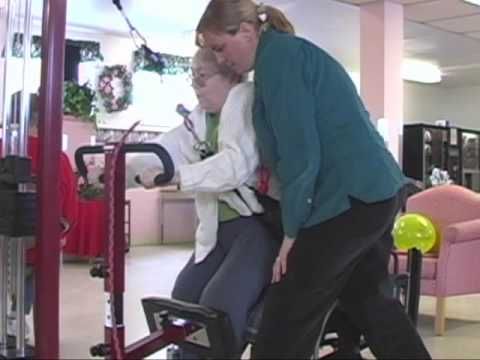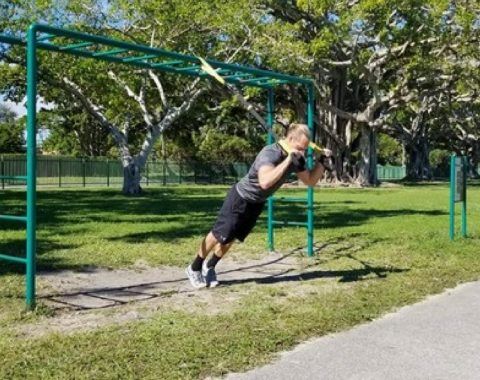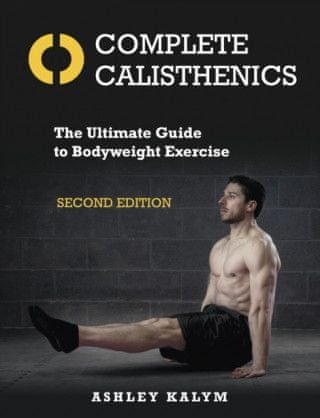Aging or experiencing physical limitations can greatly impact an individual's ability to carry out daily activities independently. It becomes crucial to focus on functional independence and maintain strength to retain a high quality of life. One of the most effective ways to achieve this is through strength training. By engaging in specific exercises that target functional movements, individuals can enhance their overall strength and improve their ability to perform daily activities with ease. In this article, we will delve into how strength training can benefit functional independence and explore some exercises that can be incorporated into a daily routine.
The Importance of Strength Training
Strength training plays an essential role in functional independence as it helps build and maintain muscle mass, increases bone density, and improves mobility. As we age, there is a natural decline in muscle strength and function, leading to difficulties in performing routine activities such as lifting objects, standing from a sitting position, or climbing stairs. Engaging in regular strength training exercises can counteract this decline and even reverse age-related muscle loss.
Functional Movements and Exercise
Functional movements are those that replicate activities of daily living, such as squatting, bending, reaching, and carrying. Incorporating exercises that mimic these movements into a strength training routine not only enhances strength but also improves balance, coordination, and stability.
Squatting
Squatting is a fundamental movement required for activities such as sitting down and standing up from a chair or toilet. To incorporate squats into a strength training routine, you can start by performing bodyweight squats and progress to squats with added resistance, such as dumbbells or a barbell. Squatting exercises strengthen the muscles in the lower body, including the quadriceps, hamstrings, and glutes.
Bending and Reaching
Bending and reaching movements are necessary for activities like picking up objects from the floor or reaching for items on higher shelves. One effective exercise to target these movements is the hip hinge. To perform a hip hinge, stand with your feet shoulder-width apart, bend forward at the hips while keeping your back straight, and reach towards the floor. This exercise primarily works the muscles in your lower back, glutes, and hamstrings.
Lifting and Carrying
Lifting and carrying movements are often required during daily tasks like carrying groceries or lifting a suitcase. One exercise that targets these movements is the farmer's carry. Simply hold a weight, such as a dumbbell, in each hand and walk for a designated distance. This exercise strengthens the muscles in the arms, shoulders, core, and legs, improving overall strength and stability.
Integrating Strength Training into Daily Life
Developing a consistent strength training routine is essential to reap the benefits of functional independence. Start with simple exercises and gradually increase the intensity and resistance over time. Aim to perform strength training exercises at least two to three times a week, allowing for rest and recovery between sessions.
Safety Considerations
Prior to starting any strength training program, it is important to consult with a healthcare professional or a certified fitness trainer. They can provide guidance on proper form, technique, and suggest appropriate exercises based on an individual's specific needs and limitations. It is crucial to listen to your body, start with lighter weights, and gradually progress to heavier resistance as your strength increases.
Conclusion
Functional independence is a vital aspect of maintaining a high quality of life, particularly for older adults or individuals with physical limitations. Strength training exercises that focus on functional movements help build muscle strength, increase bone density, and improve overall mobility. By incorporating these exercises into a regular routine, individuals can regain and maintain their independence, allowing them to carry out daily activities with confidence and ease.



